Arizona is facing unprecedented heat as climate change intensifies, with 2024 breaking multiple records and pushing the state—and especially Phoenix—into “uncharted territory.”
In 2024, Phoenix recorded 113 consecutive days of 100°F or hotter, the longest streak ever documented. That shattered the previous record of 76 days set in 1993. Even more extreme, 2023 brought 31 straight days of 110°F or higher.
This year, there’s already been a 17-day run of triple-digit temperatures, including seven days over 110°F. Experts say the trend is only getting worse.
Despite 2024 being Arizona’s hottest year on record, heat-related deaths dropped slightly from 2023’s devastating toll of 645 deaths in Maricopa County alone—more than half of all heat deaths nationwide, according to CDC data.
Why it’s getting worse:
The global temperature has increased by 2°F since 1880, but in Phoenix, that number jumps another 5°F due to the urban heat island effect—heat retained by buildings and pavement, plus a lack of vegetation.
This heat trap also worsens pollution. Phoenix saw 33 ozone exceedance days in 2015. By 2022, that number climbed to 53, a 60% increase, based on Arizona Department of Environmental Quality data.
“We are at the epicenter of this crisis in the United States,” said Dr. Jack Tuber, a Phoenix pulmonologist and Sierra Club member. “Nothing kills more from climate change than heat.”
‘People’s Hearing’ calls for action
A community gathering called the “People’s Hearing” took place at South Mountain Community College on a 103°F evening. Attended by environmental advocates, students, doctors, and lawmakers, the event highlighted the human toll of extreme heat and called for policy changes.
Speakers included representatives for Sen. Mark Kelly and Rep. Yassamin Ansari, as well as State Sen. Priya Sundareshan. Many criticized President Trump’s environmental rollbacks, including EPA deregulation and weakened pollution safeguards.
Climate scientist Dr. Vernon Morris said he’s alarmed by Trump’s plans to gut climate agencies, which could compromise weather predictions and public safety.
“There’s no precedent for what we’re experiencing,” added Dr. Ryan Glaubke, a paleoclimatologist with the Union of Concerned Scientists.
Real-life consequences
Burn surgeon Dr. Clifford Sheckter says it takes less than 30 seconds to get a second- or third-degree burn from a surface heated to 130–140°F—temperatures commonly found on sidewalks and playgrounds.
In Phoenix, surface temperatures in late June were:
-
Sidewalk: 136°F
-
Asphalt: 146°F
-
Mailbox: 136°F
-
Playground sand: 131°F
These burns are especially dangerous for unhoused individuals, people with substance issues, and those with neuropathy, a condition often linked to diabetes.
The Phoenix Police Department has also come under fire for holding people on scorching pavement, causing severe burns.
For families, the dangers are deeply personal.
“Imagine the weight of the sun on your skin for 8 to 10 hours,” said Jazmin Moreno, whose father works in construction. “This isn’t just weather—it’s a climate crisis.”
Healthcare under pressure
Doctors like Sheckter and Tuber are seeing more heat-related injuries and illnesses. Tuber warned that lungs are directly affected by dry, hot air. Breathing in extreme heat strips moisture from the lungs—much like a cut apple dries out in the sun.
Climate change is also fueling the rise of vector-borne diseases like West Nile virus, Lyme disease, and even malaria. Arizona’s own Valley Fever is also increasing due to heat, dryness, and development disturbing spore-filled soil.
“This is an environmental disaster,” Tuber said.
A stormy future
Arizona received its first monsoon storms this week, but heat advisories remain across most of the state. Meanwhile, wildfires—made worse by dry, hot conditions—continue to burn, highlighting the urgent and ongoing risks from climate change.
As the climate crisis deepens, Arizona’s experience is a stark warning: the heat is here to stay, and the consequences are escalating.
This article has been carefully fact-checked by our editorial team to ensure accuracy and eliminate any misleading information. We are committed to maintaining the highest standards of integrity in our content.

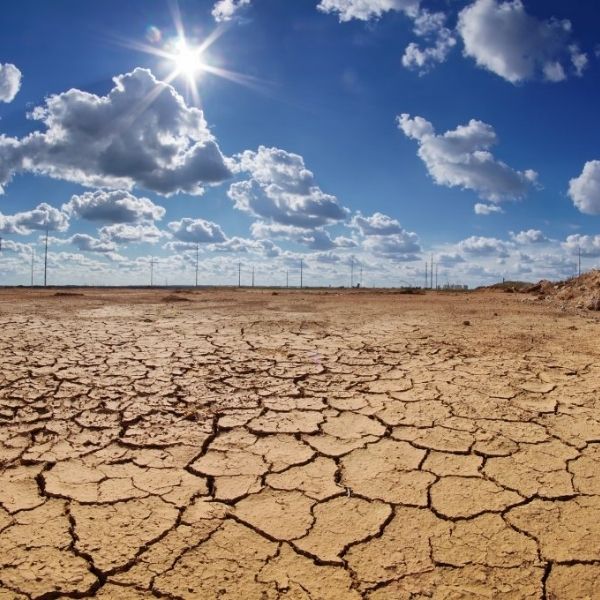


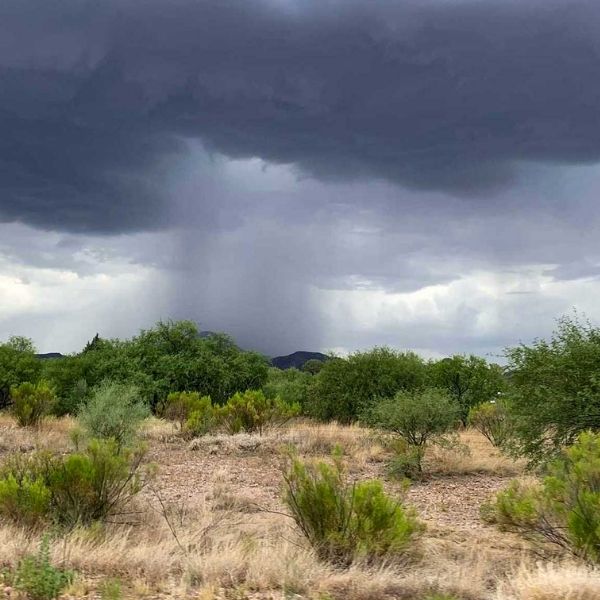
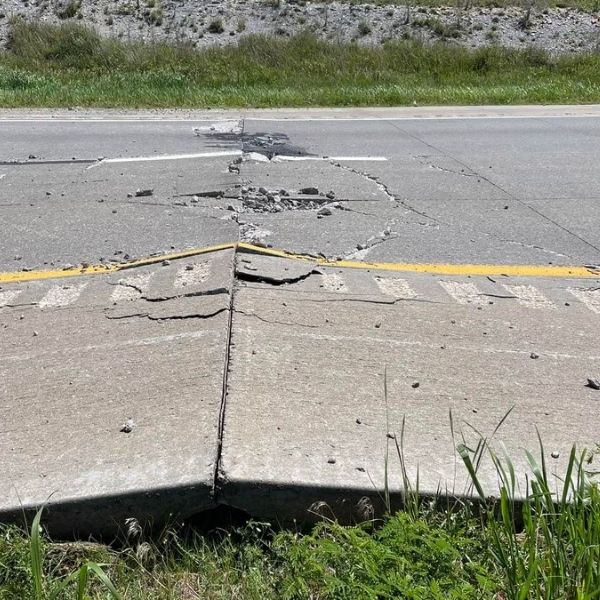
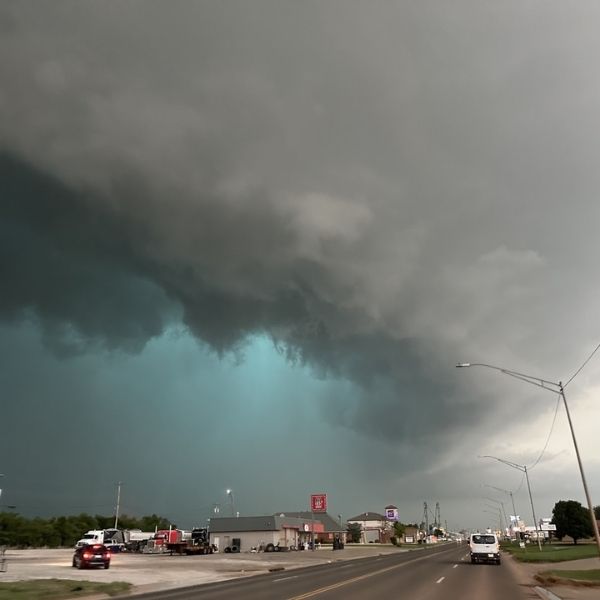
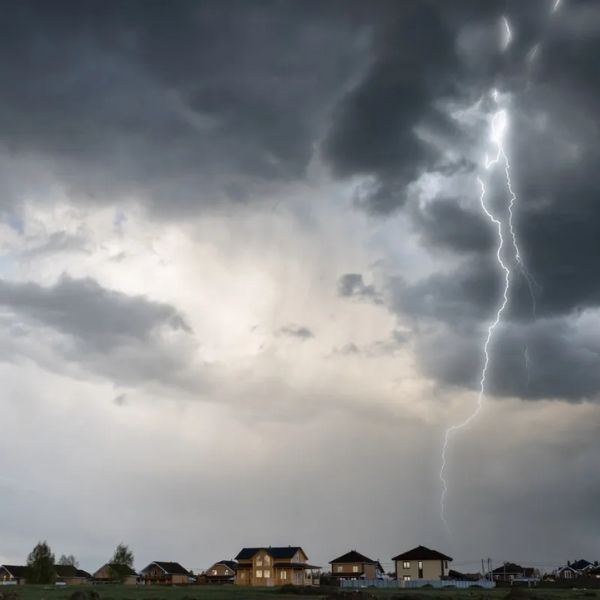
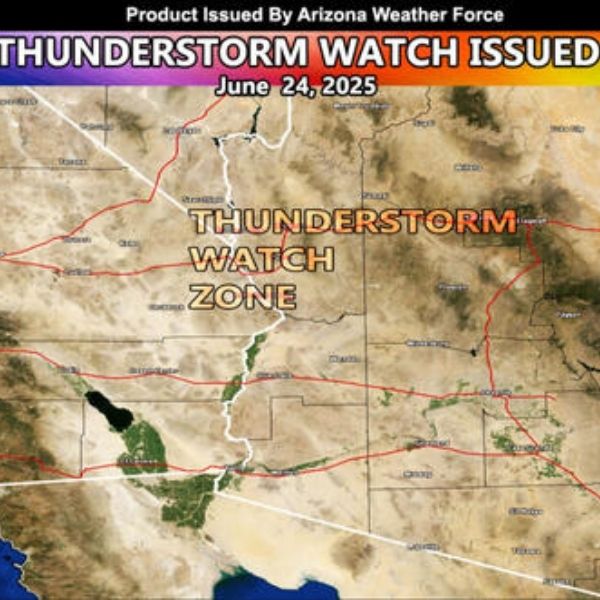
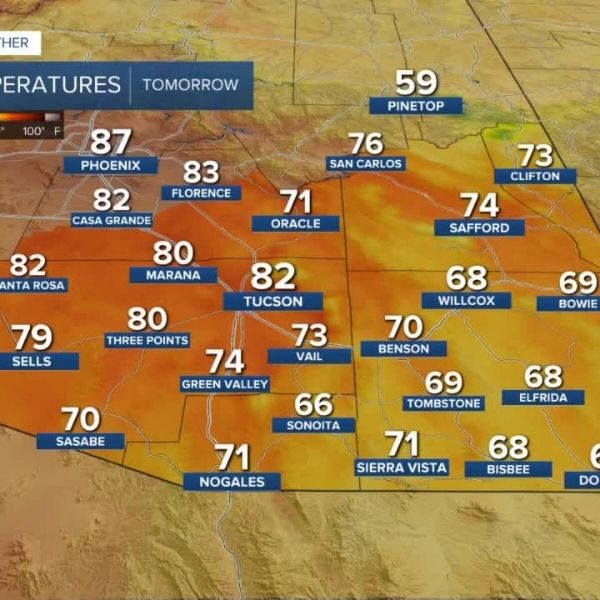
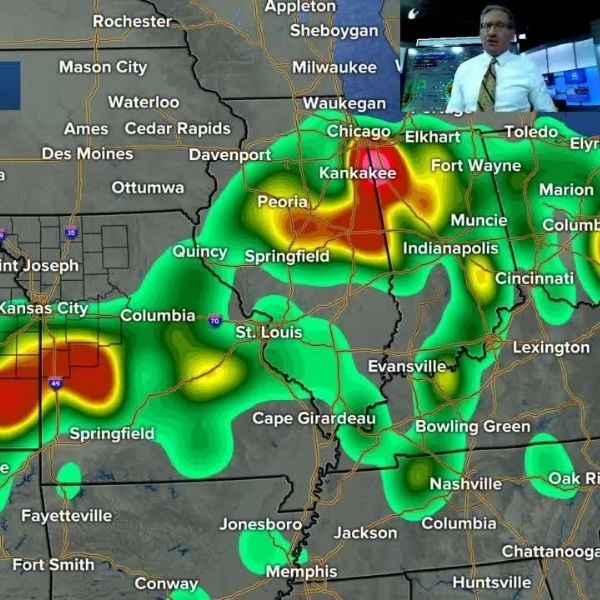
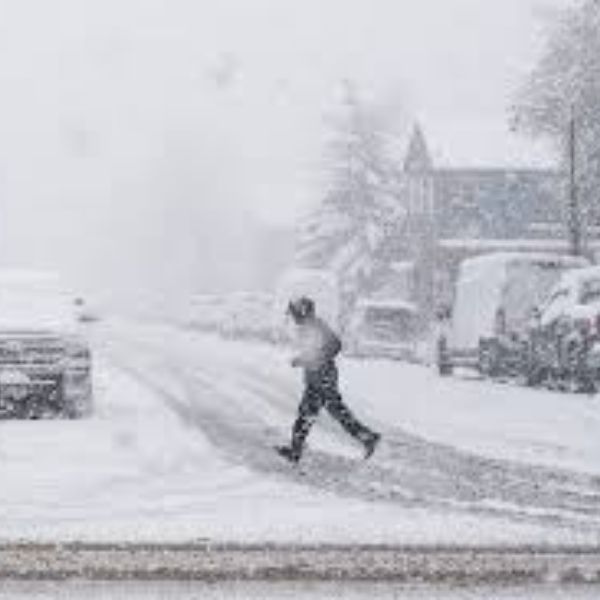
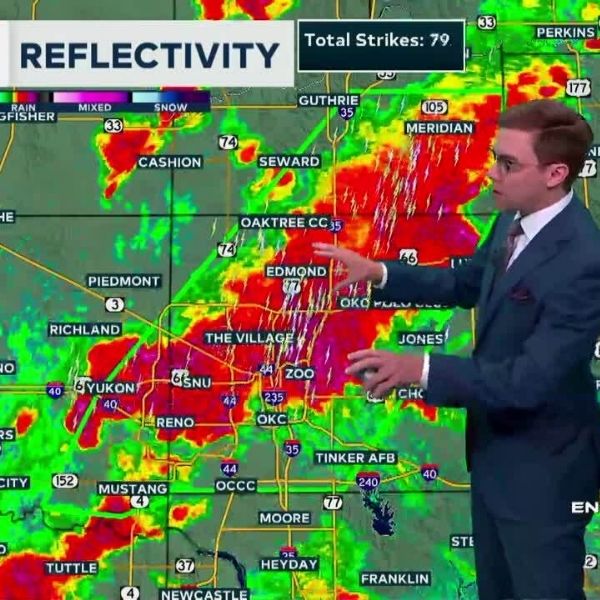



Leave a Reply